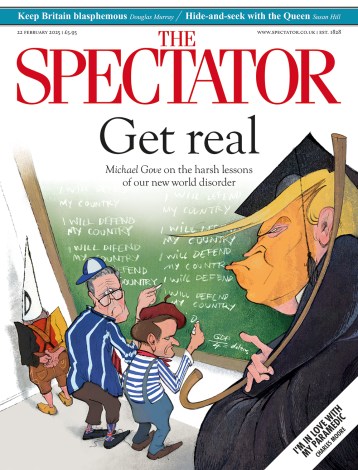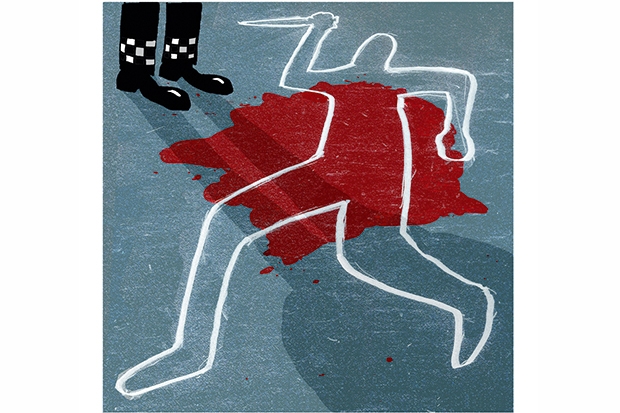Pity the poor crime writers. Our earnings, like those of all authors, are diminishing for reasons far beyond our control. Our fictional criminals and detectives are being outsmarted by genetic fingerprinting, omnipresent security cameras and telltale mobile phones. Who needs Sherlock Holmes to solve a tricky crime when you have computers, with their unsporting ability to transmit and analyse enormous quantities of data and identify culprits? But the bigger problem for us novelists (if not for everyone else) is that murder itself is dying.
The official homicide rate peaked in 2002, thanks to Dr Harold Shipman, and has since fallen by half — from 944 then to 517 last year. Adjusting for population, murder is now at the same level it was in the last years of Queen Victoria — and, in spite of what Arthur Conan Doyle led readers to believe, the streets were pretty safe then. The murder rate started to rise in the 1960s and soared in the 1990s, which caused widespread panic.

Get Britain's best politics newsletters
Register to get The Spectator's insight and opinion straight to your inbox. You can then read two free articles each week.
Already a subscriber? Log in






Comments
Join the debate for just $5 for 3 months
Be part of the conversation with other Spectator readers by getting your first three months for $5.
UNLOCK ACCESS Just $5 for 3 monthsAlready a subscriber? Log in